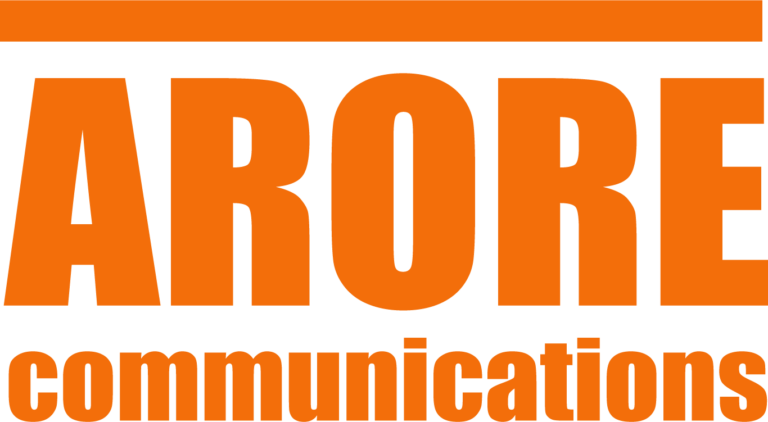Streamlining, standardizing, and documenting processes means making things simpler, consistent and recording how they’re done. This helps make things more efficient, improves the quality of work, and helps everyone work better together.
Streamlining processes: eliminates redundancies, inefficiencies, and bottlenecks from business processes to make them faster, cheaper, and more effective.
Standardizing processes: involves creating standard operating procedures (SOPs) that outline the steps involved in performing specific tasks. This ensures that functions are performed consistently and efficiently every time.
Documenting processes: involve creating written instructions or diagrams detailing the steps involved in performing specific tasks, including SOPs, process maps, flow charts, or other written materials.
Advantages of streamlining, standardizing, and documenting processes:
- Improved efficiency: By streamlining processes and removing inefficiencies, organizations can work more efficiently and effectively.
- Increased productivity: By standardizing processes, organizations can ensure that their employees perform their tasks consistently and effectively, leading to increased productivity.
- Better quality control: By documenting processes, organizations can ensure that their employees perform their tasks correctly, leading to better quality control.
- Enhanced collaboration and communication: Organizations can improve cooperation and communication between employees by having written documentation of processes.
- Better succession planning: By streamlining, standardizing, and documenting processes, organizations can support their succession planning efforts by making it easier for employees to transfer their knowledge to others and for new employees to learn the procedures.
These steps can play a significant role in succession planning by facilitating knowledge transfer, onboarding new employees easier, ensuring consistency in processes, improving training and development, and ensuring better continuity in leadership change.
From a sales and marketing perspective, optimizing processes, establishing standards, and documenting workflows can yield advantages like enhanced customer satisfaction, improved sales and marketing synergy, heightened efficiency and productivity, more precise targeting, and enhanced data management.
Take away
Optimizing, standardizing, and documenting processes improve organizational efficiency, enhance quality control and offer a smooth transition of knowledge and leadership, laying a solid foundation for future success.



